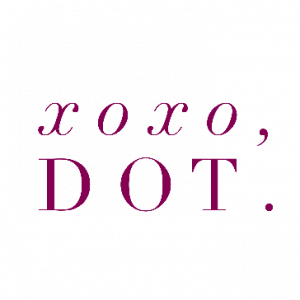The Facts About Protein for Women
Protein has a reputation for being the best friend of body builders looking to bulk up for their next competition. If you aren’t aiming to become the next Arnold Schwarzenegger, you might shy away from protein; however, protein is a key nutrient in a healthy, balanced diet.
Check out these facts about protein for women and how you can add a few tasty sources to your meal plans.
Protein Doesn’t Cause Weight Gain
Research shows that protein may promote weight loss in women, and that women on higher carb diets may regain weight more quickly than women on lower carb diets, notes a study in Clinical Obesity.1 However, while protein may be beneficial, it’s important to realize that very carb-restricted diets have not been studied for long-term use. Some amount of carbohydrates is essential, according to Mayo Clinic.2
Protein Promotes Satiety
One of the ways that protein may lead to weight loss is that it can help to promote feelings of fullness, and may lead to eating less food without feeling hungry, according to a study in Appetite.3 When comparing high-fat snacks versus high-protein snacks, protein was found to be more effective at promoting feelings of satiety, reports a study published by Nutrition Journal.4
How Much Protein Do Women Need?
The United States Department of Agriculture suggests that women between 19 and 50+ years old consume about five ounces of protein per day if they’re low-active. (Low-active meaning that they exercise less than 30 minutes per day beyond normal daily activities.)5 Every woman is different, however, so you should consult your doctor about how much protein is right for you.
Best Sources of Protein
Protein is found in most animal products like meat and dairy products and is also found in plants like nuts, seeds, beans and legumes. Check out these three foods groups:
- Seafood is an excellent source of protein along with other nutrients like omega-3 fatty acids and vitamin D. Fish low in mercury and high in omega-3 fatty acids include salmon, anchovies, trout, herring and mackerel, lists the Mayo Clinic.6
- Beef, chicken, pork, turkey and eggs are other balanced sources of protein. Plant sources of protein include hemp hearts, beans, legumes (like peanuts), tree nuts (like almonds, pecans, walnuts and pistachios), and pseudo-grains like quinoa.
- Dairy products that are good sources of protein include milk, Greek yogurt and cheese.
All in all, you should consult your doctor and/or a nutritionist if you’re looking to switch up your meal plans.

References
1Bray GA, Ryan DH, Johnson W, Champagne CM, Johnson CM, Rood J, Williamson DA, Sacks FM. “Markers of dietary protein intake are associated with successful weight loss in the POUNDS lost trial.” Clinical Obesity, March 24, 2017. https://www.ncbi.nlm.nih.gov/pubmed/28340516
2Zeratsky, Katherine RD. “Are high-protein diets safe for weight loss?” Mayo Clinic, March 2015. http://www.mayoclinic.org/healthy-lifestyle/nutrition-and-healthy-eating/expert-answers/high-protein-diets/faq-20058207
3Douglas SM, Ortinau LC, Hoertel HA, Leidy HJ. “Low, moderate, or high protein yogurt snacks on appetite control and subsequent eating in healthy women.” Appetite, January 2013. http://www.sciencedirect.com/science/article/pii/S0195666312003832
4Ortinau LC, Hoertel HA, Douglas SM, Leidy HJ. “Effects of high-protein vs. high-fat snacks on appetite control, satiety, and eating initiation in healthy women.” Nutrition Journal, September 2014. https://nutritionj.biomedcentral.com/articles/10.1186/1475-2891-13-97
5″All About the Protein Foods Group.” United States Department of Agriculture, July 2016. https://www.choosemyplate.gov/protein-foods
6 “Pregnancy and fish: What’s safe to eat?” Mayo Clinic, June 2016. http://www.mayoclinic.org/healthy-lifestyle/nutrition-and-healthy-eating/expert-blog/most-women-and-young-children-should-eat-more-fish/bgp-20096959
